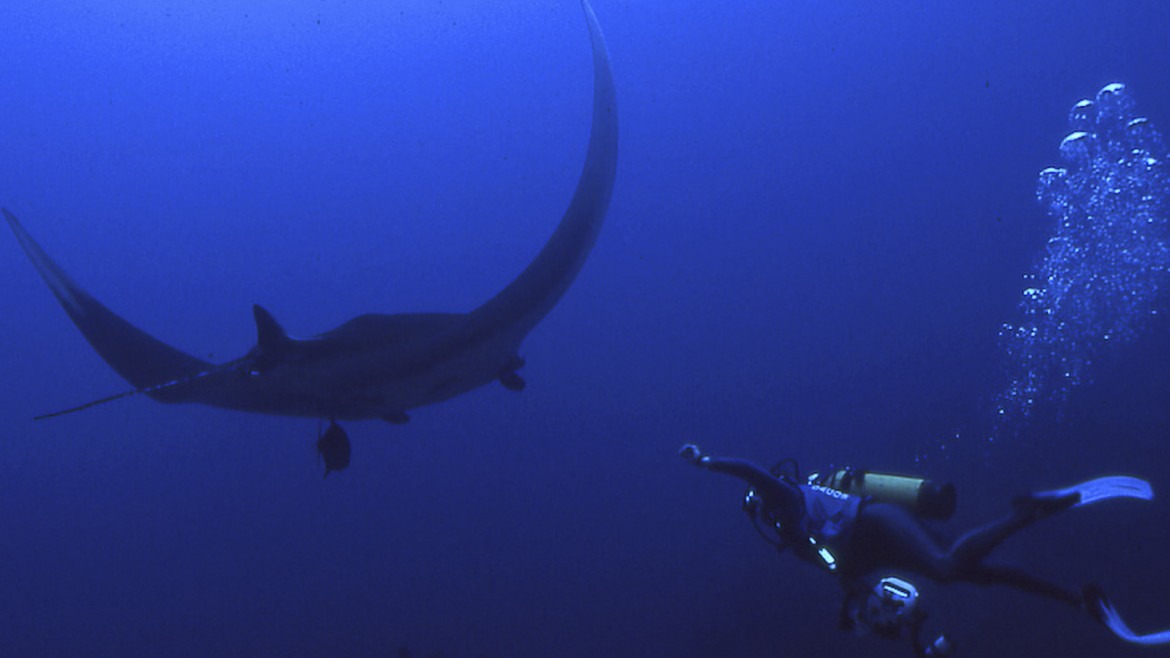You can never go wrong when considering a scuba diving vacation in Costa Rica, but when is the perfect time to visit and dive in this tropical paradise?
The answer isn’t straightforward, as the ideal time to dive here depends on various factors, each crucial to crafting your underwater experience.
We will navigate these elements, guiding you to discover the optimal time for your diving adventure in captivating Costa Rica. Dive in with us!
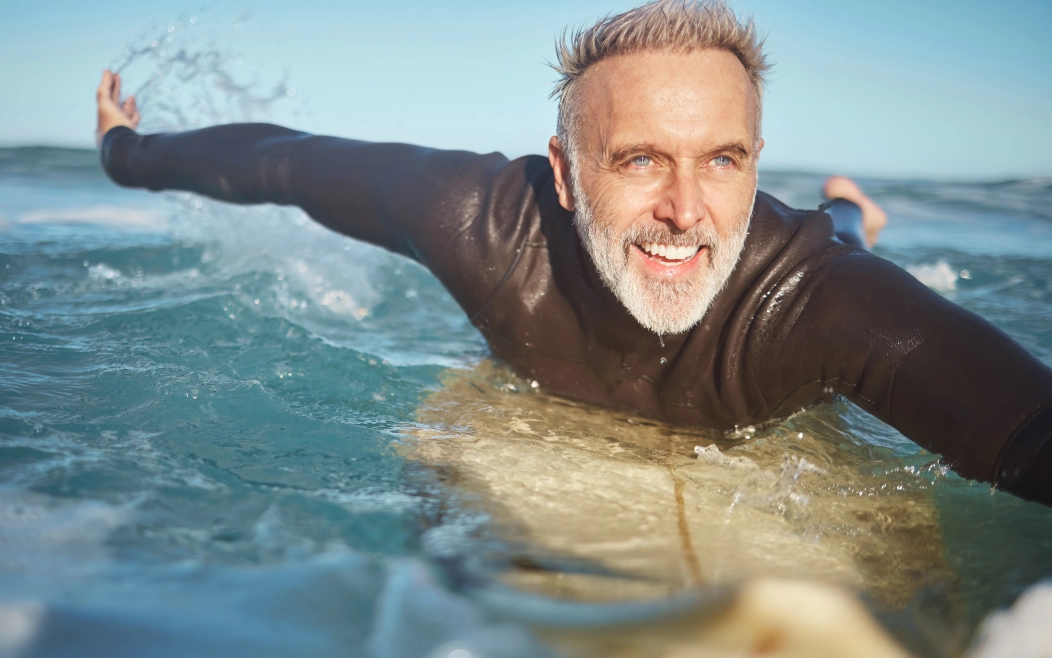
Best Seasons of the Year to Dive in Costa Rica
With its diverse marine life and nutrient-rich waters, Costa Rica offers a unique diving experience year-round. However, understanding the country’s diving seasons is vital to capturing the essence of its underwater beauty.
Each season shows a different layer of Costa Rica’s underwater landscapes, providing divers with varying, yet beautiful, glimpses of the marine life beneath the surface.
Let’s take a look at the distinct seasons for diving in Costa Rica, helping you pinpoint the perfect window for underwater exploration.
Dry Season: December to April
During the dry season, from December to April, you can dive in any region where diving is offered in Costa Rica. The topside weather during the dry season is windy, but there is absolutely no rainfall, so no rivers will drain into gulfs or bays, causing run-off that can muddy the waters. One of two annual whale migrations occurs along the Pacific Coastline during the dry season. The best time to see them is late January through late February.
The Northwest Pacific Coast is popular during the dry season, particularly in the Guanacaste region. Here, the Catalinas Islands, a cleaning station for Giant Pacific Mantas, are a great place for divers wanting to see one of these majestic creatures. Polar currents bring mantas and mind blowing herds of cow-nose and mobula rays that can fill the ocean from surface to floor as these enormous groups pass through.
This is the best time of year to dive at Isla del Cano in the Osa Peninsula on the Southwest Pacific Coast. All resorts are open and offer the best opportunity to see humpback whales.
For those who prefer to snorkel, the Southern Atlantic Coast has the only hard coral reef in Costa Rica. Snorkeling in Cahuita National Park provides the best spot to snorkel on the Caribbean Coast. With protected sites yet to be fully explored, these vibrant Caribbean reefs host a variety of tropical marine life, providing a perfect playground for snorkelers.
Divers headed to Isla del Coco—the Cocos Islands—during the dry season will find the crossing to have a few more troughs and rollers than they would experience during the rainy season voyage.
Whether you’re a beginner or an experienced pro, Costa Rica’s dry season provides opportunities for all divers. The water will be much cooler and the surface a little choppier due to winds, but you will have no rain, so topside activities can be easily enjoyed in the afternoon.
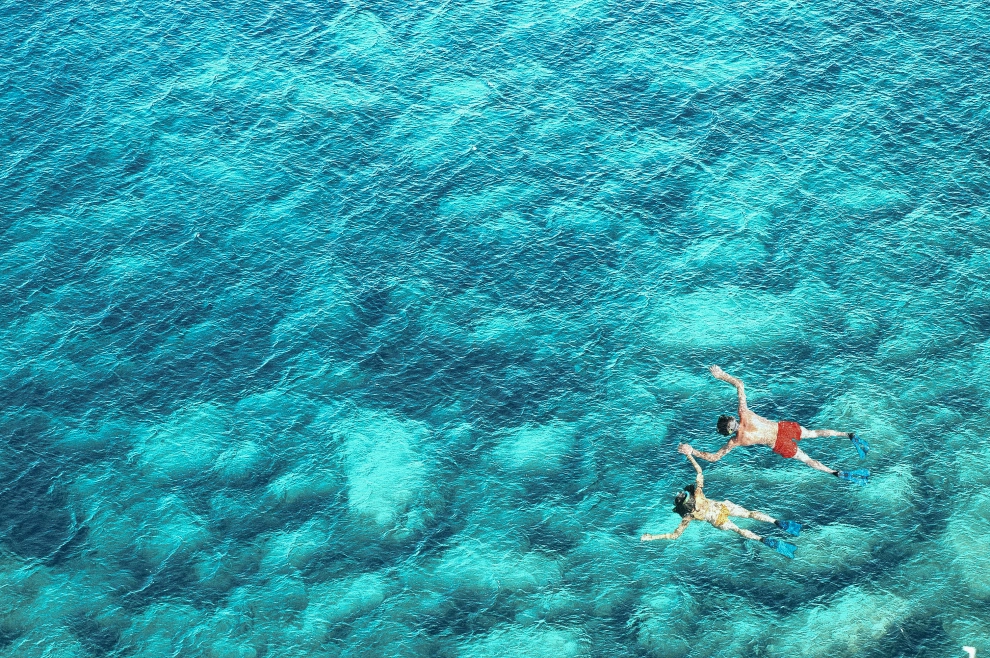
Rainy Season: May to November
The first thing you should know is that it doesn’t rain all the time during the rainy season! During most of the rainy season, there are only showers in the late afternoon.
While the skies might be gray in the afternoon, the underwater world is anything but dull. The rainy season is particularly enticing for advanced divers pursuing dynamic dive sites, and the chance to encounter majestic marine life like the thrilling bull shark dive site “Big Scare” at the Bat Islands.
The rainy season is also when the second annual migration of humpback whales occurs. These graceful creatures come to breed and give birth to calves from mid-July through September along the Pacific Coast.
Cocos Islands dive sites are consistently one of the top three dive destinations worldwide. This renowned mecca for liveaboard scuba diving vacations is a gathering place for large pelagic species, including schools of hammerheads, stacks of marble rays, whale sharks, manta rays, and much more.
And bonus!—You will find the crossing much easier during the rainy season with much flatter, calmer water for the journey from Puntarenas.
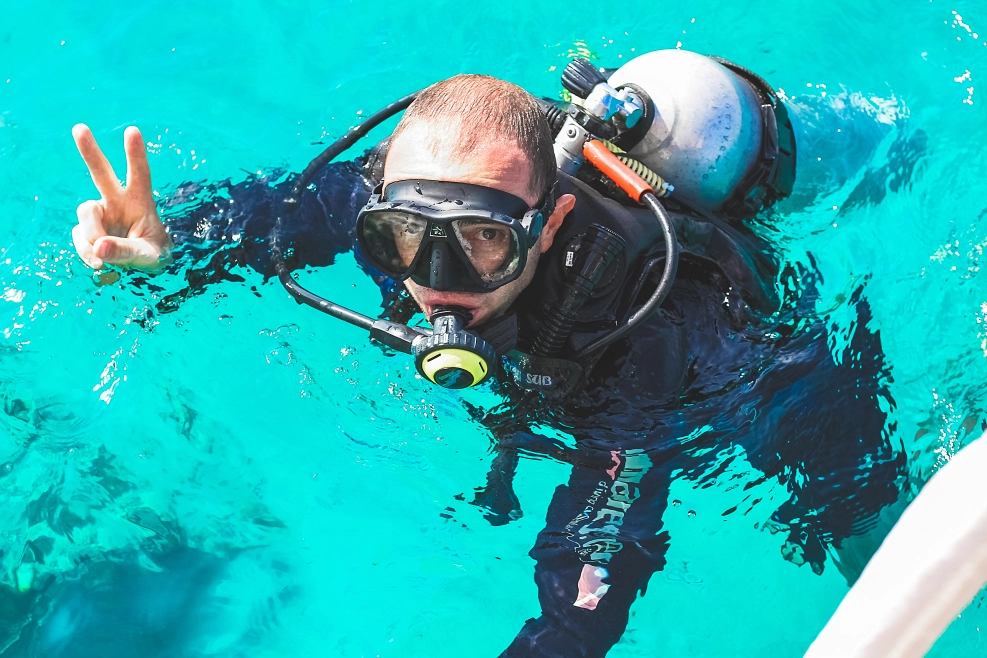
Land-based diving can be enjoyed year-round in the Gulf of Papagayo and the Catalina Islands because no rivers drain into the water in these areas.
Our favorite time of year to dive in the Pacific Northwest is from May to August. There is very little rain, the water is warm, and the seas are flat and calm.
With little or no wind, the Bat Islands become accessible from May to November, allowing divers to encounter large schooling fish, pelagics, manta rays, and massive bull sharks.
The Southern Pacific Coast is best from May to July. After mid-August, you will find rivers draining into the water, and many resorts close from late August until early November.
September and October are actually the driest months on the Caribbean Coast, with essentially no rain during this specific time of the year when rains are at their heaviest throughout the rest of Costa Rica. It’s such an interesting phenomenon and great for snorkelers looking to get a suntan!
You really need to have insider knowledge to know the best time of year to snorkel and scuba dive.
When Is the Best Time to Dive as a Beginner?
The best time to dive in Costa Rica as a beginner or to learn to dive is during the start of the rainy season, from May to September.
During this period, the water temperature is warm, and the sea conditions are very calm, providing an ideal environment for those new to diving. The more effortless entry and exit conditions make it much easier to complete surface skills, and with less surge and wave action below, it is much easier to perform the tasks underwater needed to become a scuba diver.
The Northwest Pacific offers short boat runs to great sites with tons of marine life that can be seen at the shallow depths needed to complete your certification course.
Experienced divers wanting to join new divers will enjoy multi-level dive sites that allow them to explore just a bit deeper than the students while enjoying the same dive sites and noticing why Costa Rica lives up to its name with abundant marine life and underwater beauty.
Which Are the Best Months for Whale and Turtle Watching?
The best months for whale watching in Costa Rica are from late January to mid-March and mid-July through September along the Pacific Coast.
For turtle watching and hatching, July to October is ideal on the Northern Caribbean Coast, while the Pacific Coast sees nesting primarily from May to December in areas like Tamarindo, Ostional, and Nosara. National parks on both coasts offer excellent opportunities for observing these magnificent creatures.
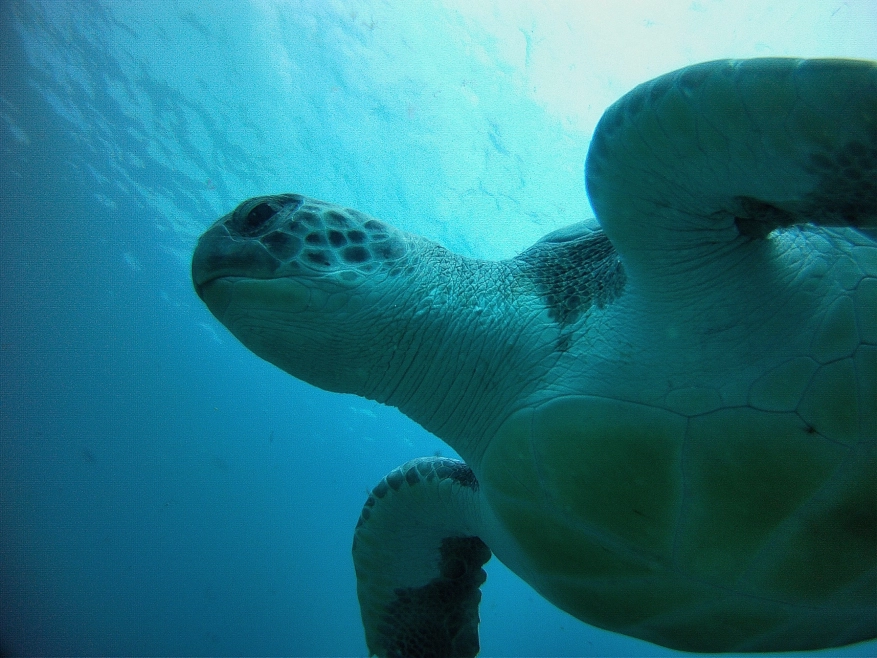
Plan Your Diving Trip With Bill Beard’s Costa Rica
Dive into the captivating waters of Costa Rica with Bill Beard’s Costa Rica, where each season unveils its own unique underwater spectacle. Whether it’s the calm waters of the rainy season or the swells, currents, and surges you may find during the dry season, there’s always a diving experience waiting to be discovered.
From the beginner-friendly spots at Playas del Coco Beach to the advanced diver’s paradise at Cocos Islands, Costa Rica diving can provide an unforgettable diving adventure.
The magical underwater realm of Costa Rica is calling. Plan your diving trip with Bill Beard’s Costa Rica now, and let the enchanting depths of this tropical paradise leave you spellbound!
FAQ
1. How does the weather affect diving conditions in Costa Rica?
The weather significantly affects diving conditions in Costa Rica, with the rainy season offering warm water at depth and flat-calm seas, ideal for divers of all experience levels. Since there is little or no wind, divers can access the Bat Islands from May to November.
The dry season’s surface conditions can be a bit more challenging, particularly from January through March, when winds are strongest. Water temperatures dip during this period, too, as polar currents bring nutrients that attract Giant Pacific Manta Rays to cleaning stations at the Catalina Islands.
2. Is there a ‘peak season’ for diving tourism in Costa Rica?
The ‘peak season’ for diving tourism in Costa Rica is during the U.S. summer months when families can travel while their kids are out of school. The best news is that May, June, and August offer some of the best prices for accommodations in Costa Rica.
From December to April, when the weather is optimal for topside activities, the prices are higher than in the rainy season, and the water temperatures can dip dramatically when polar currents come through.
3. Is there any time of the year when diving is not advised in Costa Rica?
There isn’t a specific time when diving is not advised in Costa Rica because the country’s Pacific Northwest coast diving conditions are good year round. But novice divers will find conditions more difficult during the dry season months of January, February, and March due to stronger winds, surface chop, and colder water.
Costa Rica’s Central Pacific and South Pacific regions have river run-off during the height of the rainy season, so you are better off diving along Guanacaste’s Pacific NW coast in September and October.
However, during January, February and March, if you’re an experienced diver with proper wetsuit protection then you will enjoy the hunt for Giant Pacific Mantas and massive schools of cow-nose and mobula rays that have been known to fill the ocean from the floor to the surface, sometimes taking 5-10 minutes to pass through the Catalina Islands.

